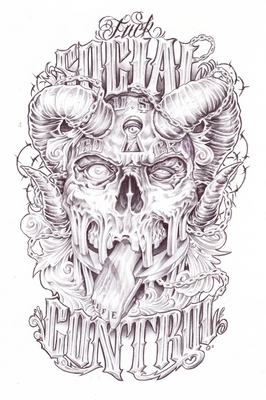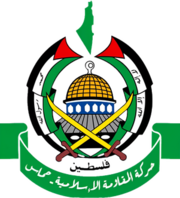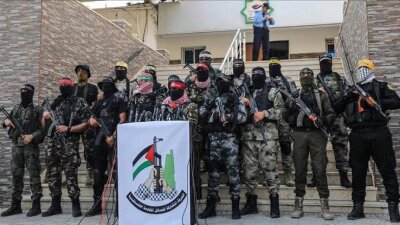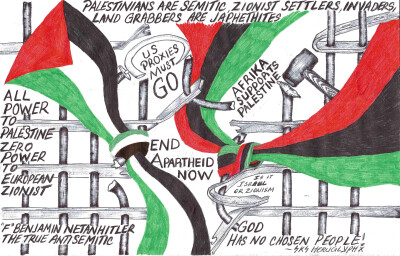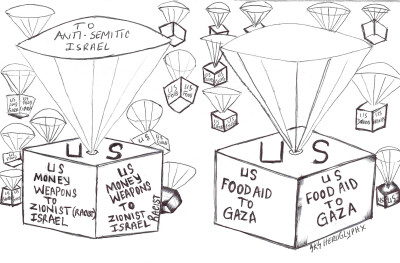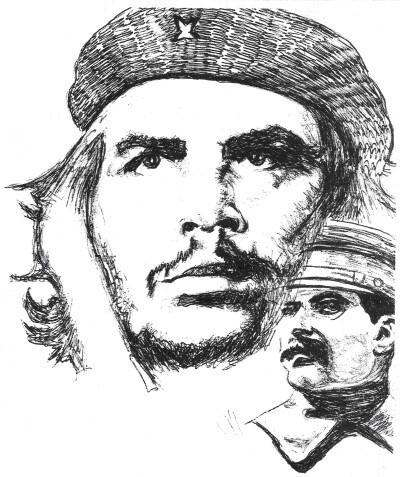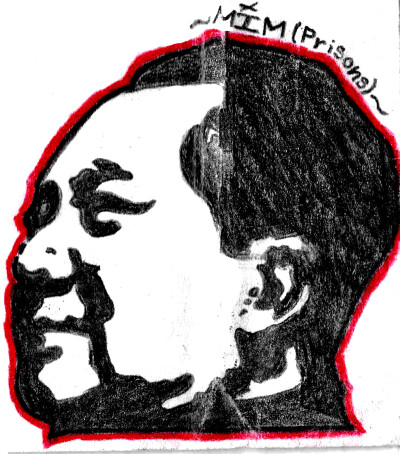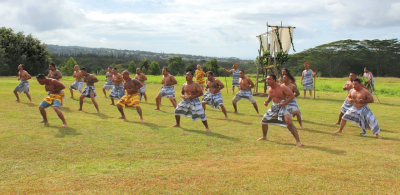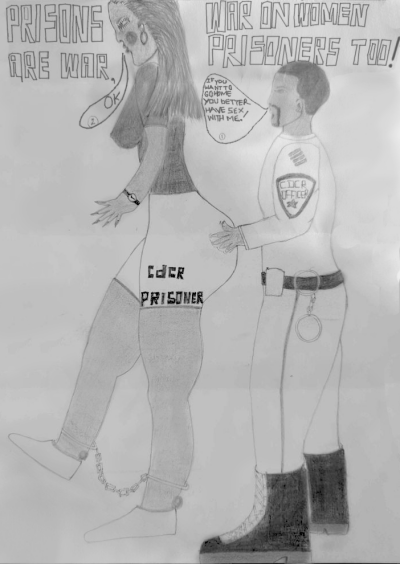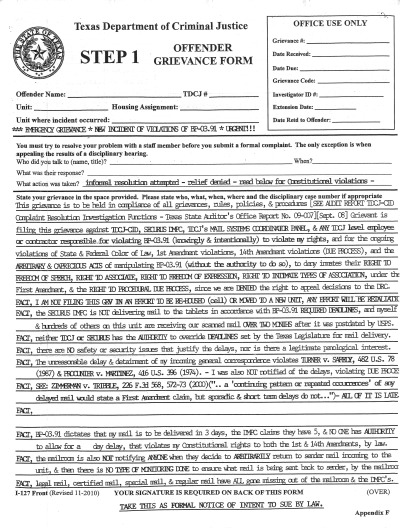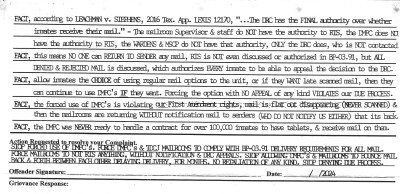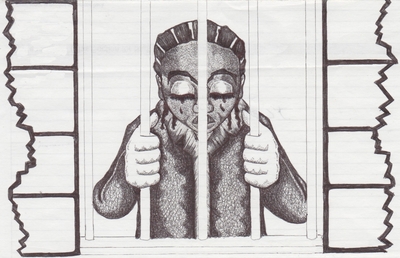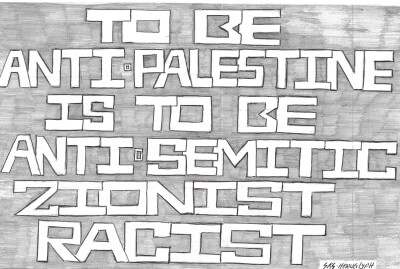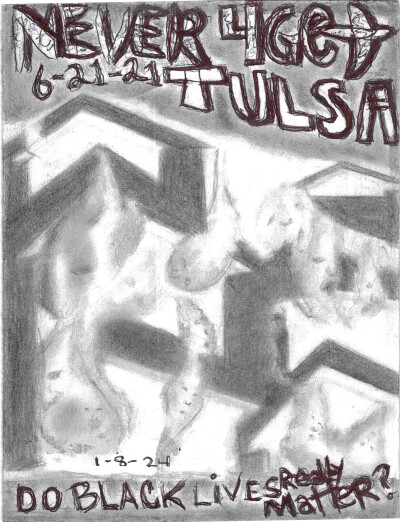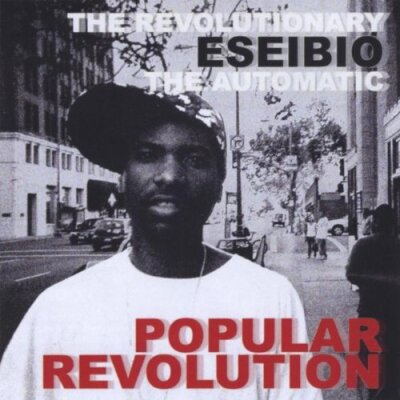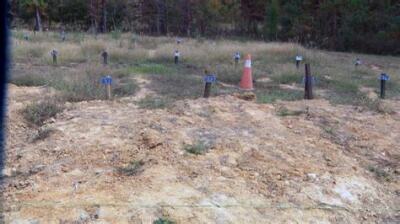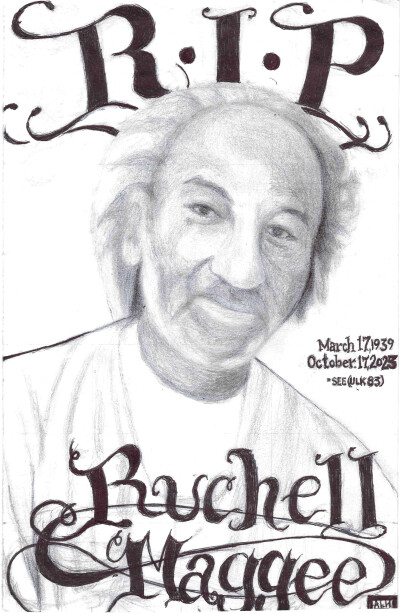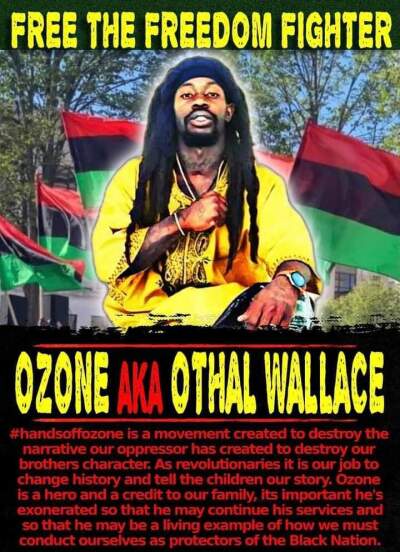
Discussing Campaign to Expand ULK
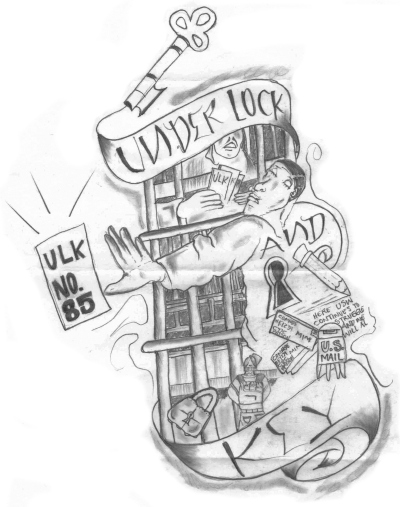
In ULK 84 we reported on a sharp drop in donations from prisoners in 2023, and a gradual decline in subscribers in recent years. We asked our readers to answer some survey questions to help explore the reasons for these declines and to begin a more active campaign to expand ULK in 2024. Below is some discussion with comrades who have responded to the survey so far about drugs, gangs, COVID-19, generational differences and more. If you want to participate in this conversation, please respond to the questions at the end.
Problems We’ve Always Had
A North Carolina prisoner on censorship: i pass my copies around when i’m able, what i always hear is “Bro i wrote to them but never received the paper.” Then there is a couple guys who were on the mailing list who say they’re not receiving the paper no more.
MIM(Prisons) responds: The obvious answer to this is the newsletter is being censored. Any prisoner of the United $tates who writes us for ULK will be sent at least 2 issues, and if you write every 6 months we will keep sending it. Censorship has always been a primary barrier to reaching people inside, but we have no reason to believe that has increased in the last couple years. Relaunching regular censorship reports could help us assess that more clearly in the future.
A Pennsylvania prisoner on the younger generation: I think it is these younger generation people who are coming into the prison system or people who have been pretty much raised by the judicial system, and the guards become mommy and daddy to them… They do not want to or are possibly afraid to change the only life they have ever known. I know some of these younger guys here who have gotten too comfortable and think: “Oh, I am doing so good, I have a certain level of say-so here, the guards are my buddies, they get me, et cetera.” When on the outside they did not have that.
Also, on my block, many people are illiterate and cannot read. I know this because I am the Peer Literacy Tutor.
MIM(Prisons) responds: Most of this doesn’t sound new. Older prisoners have been talking about the lacking of the younger forever. Illiteracy is also not new in prisons. There is some indication that the COVID pandemic has impacted literacy in children, but that would not be affecting our readership (yet).
A California prisoner: I think a lot of prisoners do not want to hear negativity or incendiary language, we get enough of that in here and I notice a lot of unity around positivity in here. I suggest less dividing language and more unifying language. In particular, the “who are our friends and who are our enemies” line could certainly drop the “who are our enemies” part. Prisoners don’t want someone telling them who to be enemies with, prisoners want to be told who to be friends with.
I have trouble passing on ULK, natural leaders won’t even accept it (I try to revolutionize the strong). As soon as I say “it’s a communist paper”, the typical response is “I’m not a commie.” Any suggestions??
MIM(Prisons) responds: Not sure if you’re leading with the fact that it’s a communist newspaper. But when doing outreach, the fact that we’re a communist organization will not come up until we’ve gotten into an in-depth conversation with someone. We want to reach people with agitational campaign slogans, hopefully ones that will resonate with them. What in this issue of ULK do you think the persyn might be interested in? Lead with that.
As far as who are our friends and who are our enemies goes – this is actually a key point we must understand before we begin building a united front (see MIM Theory 14: United Front where a prisoner asks this same question back in 2001). We must unite all who can be united around anti-imperialist campaigns. Our goal is not to have the most popular newsletter in U.$. prisons; that might be the goal of a profit-driven newsletter. Our goal is to support anti-imperialist organizing within prisons. As we’ve been stressing in recent months, prisons are war, and they are part of a larger war on the oppressed. If we do not recognize who is behind that war, and who supports that war and who opposes it, we cannot stop that war. If you see a group of people that wants to carpet bomb another group of people as a friend, then you are probably not part of the anti-imperialist camp yourself. Prisoners who are mostly focused on self-improvement, parole, or just getting home to their families may be willing to be friends with anyone who might help them do so. But we must also recognize the duality of the imprisoned oppressed people as explained by comrade Joku Jeupe Mkali.
Problems That May Be Getting worse
A Washington prisoner on the drug trade: Drugs and gangs are the biggest threat to radical inclination in the system. Drugs keep the addicted dazed and unable to focus on insurgency. Whereas the self-proclaimed activist gang member who actually has the mental fitness to actually avoid such nonsense has become so entrenched in a culture aimed at feeding on the profit he gains in the process has forgotten his true goal and would rather stand in the way of change to maintain profit.
MIM(Prisons) responds: This is perhaps the biggest shift we’ve seen in reports on conditions on the inside in recent years. Of course, these are not new issues. But there are new drugs that seem to be more easily brought in by guards and have more detrimental effects on peoples’ minds. Meanwhile, the economics of these drugs may have shifted alliances between the state-employed gangs and the lumpen gangs that work together to profit off these drugs.
When we launched the United Front for Peace in Prisons over a decade ago, it was in response to comrades reporting that the principal contradiction was lack of unity due to lumpen organizations fighting each other. In recent years, most of what we hear about is lumpen organizations working for the pigs to suppress activism and traffic restricted items. While Texas is the biggest prison state and much of those reports come from Texas, this seems to be a common complaint in much of the country as regular readers will know.
Related to drugs is the new policy spreading like wildfire, that hiring private companies to digitize prisoners’ mail will reduce drugs coming into prisons and jails. Above we mentioned no known increase in censorship, but what has increased is these digital mail processing centers; and with them more mail returned and delayed. In Texas, we’ve been dealing with mail delayed by as much as 3 months for years now. As more and more prisons and jails go digital, communications become more and more limited. Privatized communications make it harder to hold government accountable to mail policies or First Amendment claims. There is no doubt this is a contributor to a decrease in subscribers.
A Pennsylvania Prisoner reports a change in the prison system due to COVID-19: The four-zoned-movement system has been implemented here at SCI-Greene because of COVID. Before COVID, everything was totally opened up. Now everyone is divided from one another and it makes it that much harder for someone like me who is constantly surrounded by an entire block full of people with extreme mental health or age-related issues.
MIM(Prisons) responds: This is an interesting explanation that we had not yet thought of. While we don’t have a lot of reports of this type of dividing of the population in prisons into pods since COVID, we know that many prisons have continued to be on lockdown since then. An updated survey of prisoners on how many people are in long-term isolation may be warranted. But even with the limited information we have, we think this is likely impacting our slow decline in subscribers.
This does not explain why donations went up from 2020 to 2022, but then dropped sharply in 2023. However, we think this could have been a boom from stimulus check money, similar to what the overall economy saw. In prisons this was more pronounced, where many people received a couple thousand dollars, who are used to earning a couple hundred dollars a year. While we would have expected a more gradual drop off in donations, this is likely related. In 2023, prisoners were paying for a greater percentage of ULK costs than ever before. We had also greatly reduced our costs in various ways in recent years though, so this is not just a sign of more donations from prisoners but also a reflection of decreased costs. We’d like to hear from others: how did stimulus checks affect the prisoner population?
Like many things, our subscribership and donations were likely impacted greatly by the COVID-19 pandemic and the state’s response to it. Another interesting connection that warrants more investigation is how the stimulus money may have contributed to the boon in drug trafficking by state and non-state gangs in prisons. And what does it mean that the stimulus money has dried up? So far there is no indication of a decline in the drug market.
A California prisoner on “rehabilitation” and parole: The new rehabilitation programs in CDCR are designed to assign personal blame (accept responsibility). A lot of prisoners are on that trip. “It’s not the state’s fault, it’s my fault cause I’m fucked up.” That’s the message CDCR wants prisoners to recognize and once again parole is the incentive, “take the classes, get brainwashed, and we might release you.” I call it flogging oneself. But a lot of prisoners are in these “rehabilitation” classes. It’s the future. MIM needs to start thinking how to properly combat that.
MIM(Prisons) responds: The Step Down program in California in response to the mass movement to shut down the SHU was the beginning of this concerted effort to pacify and bribe prisoners to go along with the state’s plan.(1) As we discussed at the time, this is part of a counterinsurgency program to isolate revolutionary leaders from the rebellious masses in prison.
Our Revolutionary 12 Step Program is one answer to the state’s “rehabilitation.” Our program also includes accepting responsibility, but doing so in the context of an understanding of the system that creates these problems and behaviors in the first place. Yes we can change individuals, but the system must change to stop the cycle. The Revolutionary 12 Steps is one of our most widely distributed publications these days, but we need more feedback from comrades putting it into practice to expand that program. And while it is written primarily for substance abuse, it can be applied by anyone who wants to reform themselves from bourgeois ways to revolutionary proletarian ways.
In other states, like Georgia and Alabama, parole is almost unheard of. The counterinsurgency programs there are less advanced, creating more revolutionary situations than exist in California prisons today. In the years leading up to the massive hunger strikes in CDCR, MIM mail was completely (illegally) banned from California prisons. Today, it is rare for California prisoners to have trouble receiving our mail, yet subscribership is down.
Solutions
A California prisoner: Personally I would like to see play-by-play instructions for unity. I saw something like that in the last Abolitionist paper from Critical Resistance. A lot of us want unity but don’t know how to form groups or get it done. I know MIM’s line on psychology, however it has its uses. The government consults psychologists when they want to know how to control people or encourage unity among their employees. I suggest MIM consult a psych for a plan on how to unify people, then print the play-by-play instructions in ULK. It’s a positive message prisoners want to hear.
MIM(Prisons) responds: As mentioned above, building the United Front for Peace in Prisons was a top topic in ULK for a long time, so you might want to reference back issues of ULK on that topic and MIM Theory 14. Psychology is a pseudo-science because it attempts to predict individuals and diagnose them with made-up disorders that have no scientific criteria. Social engineering, however, is a scientific approach based in practice. By interacting with people you can share experiences and draw conclusions that increase your chances of success in inter-persynal interactions. This is applying concepts to culture at the group level, not to biology of the individual.
Again, the key point here is practice. To be honest, the engagement with the United Front for Peace in Prisons has decreased over the years, so we have had less reports. Coming back to the question of how to approach people in a way that they don’t get turned off by “commie” stuff, a solution to this should come from USW leaders attempting different approaches, sharing that info with each other, and summing up what agitational tactics seemed to work best. Comrades on the outside could participate as well, but tactics in prison may differ from tactics that work on college campuses vs. anti-war rallies vs. transit centers.
A North Carolina prisoner: i look forward to receiving the paper and i love to contribute to the paper. ULK is not just a newspaper in the traditional sense of the word it’s more than that. It’s something to be studied and grasped, and saved for future educational purposes. In my opinion its the only publication that hasn’t been compromised.
i think ya’ll should publish more content on New Afrikan Revolutionary Nationalism (NARN) then ya’ll do. To be honest, the ULK is probably the only publication that provides content that elucidates NARN. Nonetheless, ya’ll keep doing what ya’ll doing.
MIM(Prisons) responds: We’ll never turn away a well-done NARN article, so keep them coming. This is a newsletter by and for prisoners of the United $nakes.
A Pennsylvania prisoner: As with everything, “education” is a key factor. A lot of people really have a lack of comprehension of the Maoist, Socialism, Communism agenda or actual belief system is about. I have a general idea, but not the whole picture. Many people are ignorant to what it is all about. … I was a bit of a skeptic when I first began writing MIM(Prisons), but I no longer am 3 years later.
As I have continued to write and read all your ULKs I have begun to realize what you stand for, and that is the common people who are struggling to survive in a world full of powerful people, who do not play by the rules. … Those powerful and wealthy who have forgotten what it is like to be human. … When I get released from prison later this year and get back on my feet I do plan to donate to MIM(Prisons) because I strongly support what you stand for.
…It was word of mouth that got me interested in ULK, and that is what we should use to spread the word. Sooner or later someone, somewhere is gonna get interested.
MIM(Prisons) responds: We appreciate this comrade’s continued engagement and struggling with the ideas in ULK. Eir description of what we do is accurate. Though, the same could be said for many prisoner newsletters. We recommend comrades check out “What is MIM(Prisons)?” on page 2 to get an idea of what differentiates us from the others; and to ask questions and study more than ULK to better understand those differences.
A Washington prisoner: I believe there has not been enough exposure of ULK in the prison system. I only happened on it by chance. I sought out communist education on my own after not being able to shake an urge that there was something incredibly wrong with the political and economic structures in my surroundings. I believe we should launch a campaign of exposure and agitation. Create and pass out pamphlets and newsletters geared to helping people see the relevance of communism and their current situation. For a start, I would like to receive copies of the Revolutionary 12 Step Program pamphlets to strategically place in my facility so prisoners can have access to them.
MIM(Prisons) concludes: Expanding ULK just for the sake of it would be what we call a sectarian error. Sectarianism is putting one’s organization (one’s own “sect”) above the movement to end oppression. The reason we are promoting the campaign to expand ULK is that we see it as a surrogate for measuring the interest in and influence of anti-imperialist organizing in U.$. prisons. As comrades above have touched on, there is always a limitation in access and numbers do matter. Most prisoners have never heard of ULK. The more we can change that, the more popular we can expect anti-imperialism to be within U.$. prisons and the more organized we’d expect people to get there.
We are working on expanding our work with and organizing of prisoner art. As they say a picture is worth a thousand words. More art that captures the ideas of our movement can help us reach more people more quickly. So send in your art that reflects the concepts discussed in ULK. We also offer outside support for making fliers and small pamphlets. What types of fliers and small pamphlets, besides the Revolutionary 12 Steps, would be helpful for reaching more prisoners with our ideas and perhaps getting them to subscribe to ULK?
Another way to reach people in prison is through radio and podcasts. We are looking for information on what types of platforms and podcasts prisoners have access to that we might tap into.
We only received 4 responses to our survey in ULK 84 in time to print in this issue. This is another data point that indicates the low level of engagement with ULK compared to the past. Another possible explanation for lack of responses is that this survey was more difficult to answer than previous surveys we’ve done because it is asking for explanations more than hard facts. Either way, in our attempt to always improve our understanding of the conditions we are working in, we are printing the survey questions one more time (also see questions above). Even if your answer to all the questions below are “no”, we’d appreciate your response in your next letter to us.
Have you noticed changes in the prison system that have made it harder for people to subscribe to ULK or less interested in subscribing?
Have you noticed changes in the prisoner population that have made people less interested in subscribing?
Have you noticed/heard of people losing interest in ULK because of the content, or because of the practices of MIM(Prisons)?
What methods have you seen be successful in getting people interested in or to subscribe to ULK?
Do you have ideas for how we can increase interest in ULK in prisons?





 Download printable PDF
Download printable PDF



